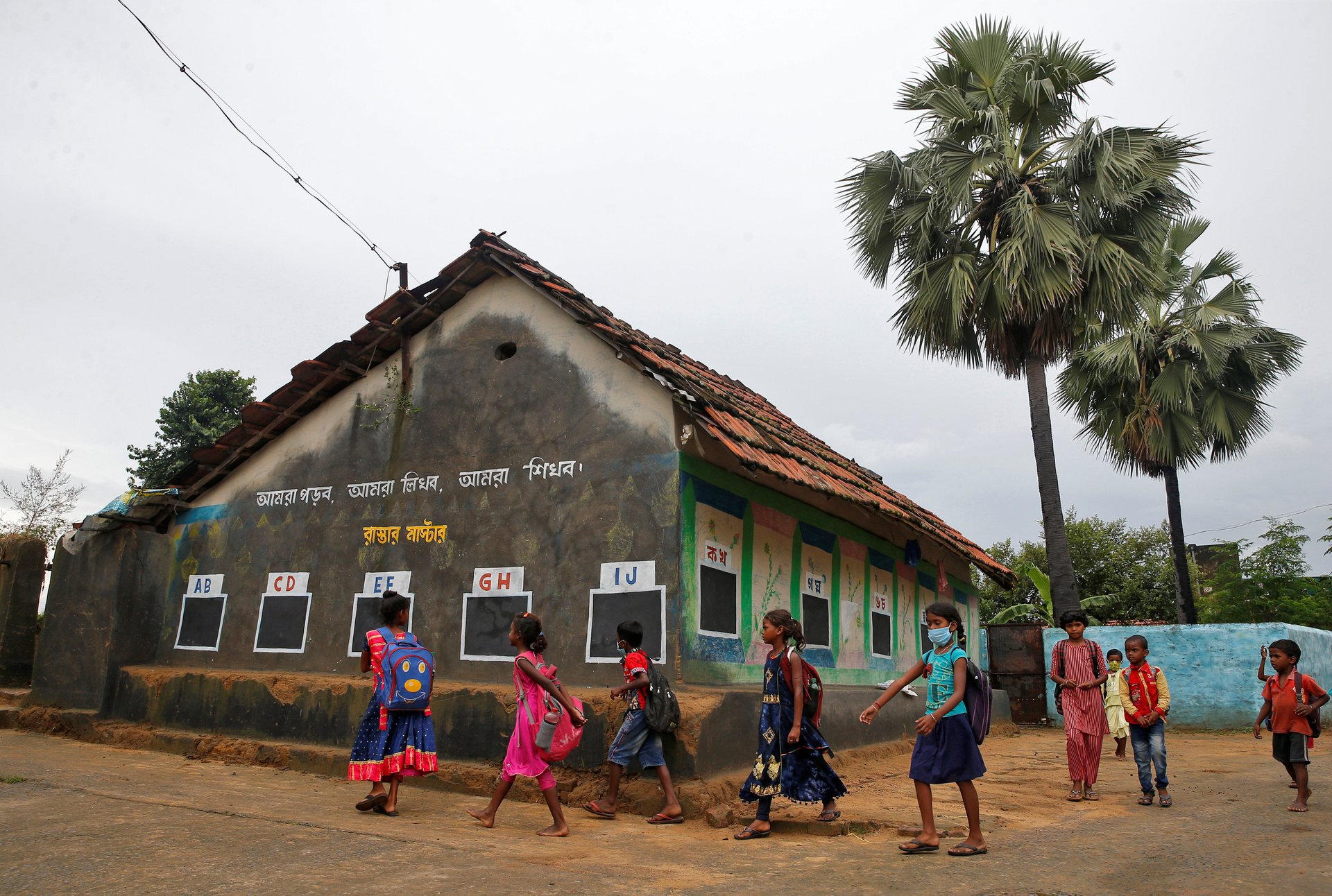Just 10 of India's richest can get all its out-of-school kids back to classrooms
The number of billionaires in India increased from 102 in 2020 to 166 in 2022

India is estimated to have around 150 million children not privileged enough to attend school. But taxing only 10 of the country’s wealthiest persons can help them get them back to classrooms.
The country would need up to Rs1.4 lakh crore to bring its out-of-school children back to receiving a quality education, rights group Oxfam International said in its annual inequality report for India.
“Taxing the top 100 Indian billionaires at 2.5%, or taxing the top 10 Indian billionaires at 5% would cover the entire amount,” Oxfam said in its report, “Survival of the Richest,” released today.
This extreme variance in wealth and welfare is indicative of the ever-widening disparity between different segments of Indians.
For instance, in many Indian states, primary school teachers struggle to get even paid amid an acute cash crunch. Yet, taxing the world’s third richest man, Gautam Adani, at a mere 2% can solve this problem, the Oxfam report said.
Similarly, imposing a mere 5% tax on the 10 richest Indians will also cover the entire cost of “tribal healthcare for five years,” it said. In fact, taxing the top 100 billionaires anywhere between 1% to 5% can solve India’s many problems, including malnourishment.
“3% of wealth tax on the Indian billionaires can fund the National Health Mission, the largest healthcare scheme in India with an allocation of Rs 37,800 crore for three years,” the report said.
The rich are getting richer
The total number of billionaires in India increased from 102 in 2020 to 166 billionaires in 2022.
Acknowledging that the rich are getting richer, Oxfam’s report said, “The richest 1% in India now own more than 40% of the country’s total wealth, while the bottom half of the population together shares just 3% of the wealth.”
But the constant increase in wealth of the rich has “come at a cost.” Quoting economist Jayati Ghosh, Oxfam said, “The increase in private wealth has been associated with a decline in public wealth...”